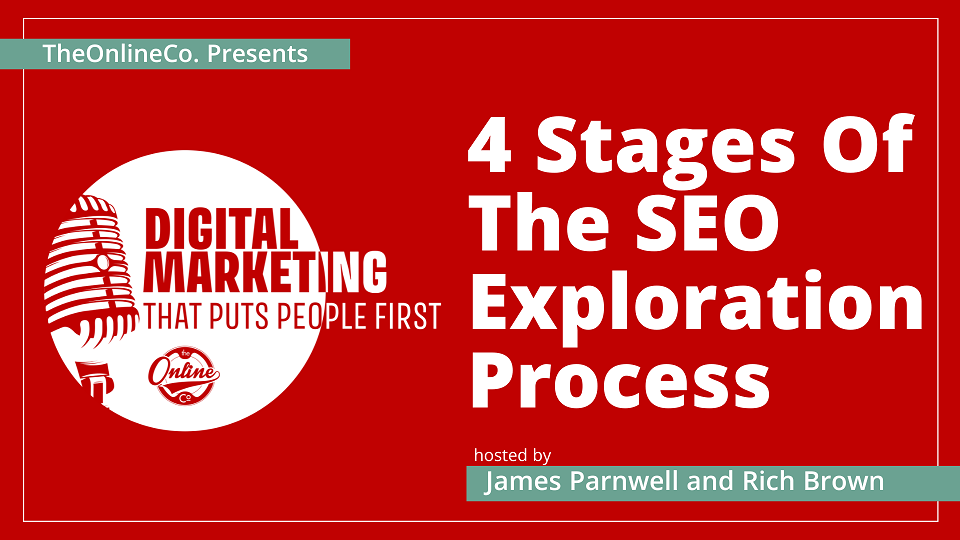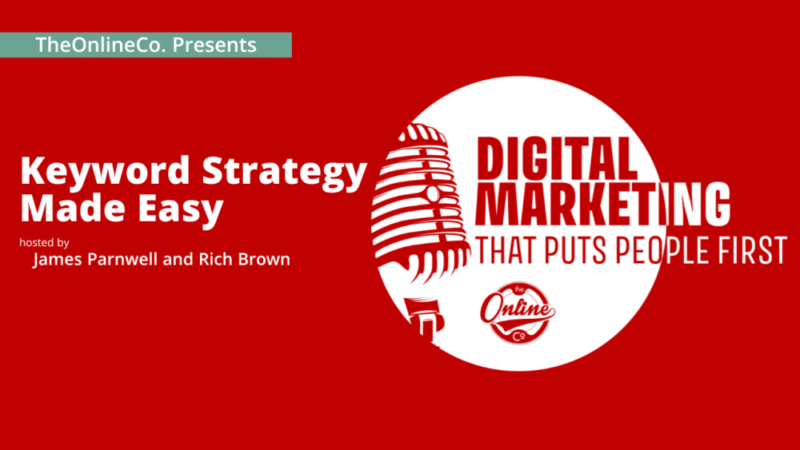When we look at a website, be it our own or somebody else’s, we tend to view it with these questions in mind: is it any good? do I like this website? is it working? It’s just second nature and we all do it! However, I would suggest there are two more important questions we should ask ourselves when analyzing a website:
…is it beautiful or is it functional?
 On this axis, you can see that there are 4 quadrants. In the top right-hand quadrant, we have a website that is both beautiful and functional. This is the holy grail, and what we are looking for. In the bottom right-hand quadrant is the ugly but working website. It’s not good to look at and I don’t like it, but it’s giving all the right messages and asking people to do the right things. The top left hand is perhaps the most common. It’s pretty but useless. There’s no denying it’s beautiful – the images are stunning, the design is gorgeous – but it tells you nothing. There is no phone number, no call to contact them and it isn’t very functional. This is such an easy trap to fall into and a mistake made by many! And the last one is purely a waste of time. It isn’t pretty, it’s ugly and it isn’t functional. It’s just a frightful mess. Believe it or not, we do see a few of these. However, I’d say the most common category I see is in the pretty but useless one.
On this axis, you can see that there are 4 quadrants. In the top right-hand quadrant, we have a website that is both beautiful and functional. This is the holy grail, and what we are looking for. In the bottom right-hand quadrant is the ugly but working website. It’s not good to look at and I don’t like it, but it’s giving all the right messages and asking people to do the right things. The top left hand is perhaps the most common. It’s pretty but useless. There’s no denying it’s beautiful – the images are stunning, the design is gorgeous – but it tells you nothing. There is no phone number, no call to contact them and it isn’t very functional. This is such an easy trap to fall into and a mistake made by many! And the last one is purely a waste of time. It isn’t pretty, it’s ugly and it isn’t functional. It’s just a frightful mess. Believe it or not, we do see a few of these. However, I’d say the most common category I see is in the pretty but useless one.
The real problem is completely subjective. What I find beautiful, and what you find beautiful, might be poles apart. Different things appeal to each of us. I like the colour blue, but maybe you like red. If your website is red, then you like it and I don’t. Perhaps you like Times New Roman font, but I like Calibre. We might like different styling too – I like vintage and you like modern. These things can become very subjective and not very helpful when assessing your website…
So, let’s use a little bit of science to discuss whether your website is useful or not. To do this we use the 10-second rule. There has been extensive research done as to how people interact with websites and results show that on average it takes 10 seconds to decide whether or not we stay on a website. Within that 10 seconds, we are deciding if we are in the right place or otherwise. The reason for this is that on average, we are bombarded with over 3000 marketing messages per day, so our brains are forced to filter out the stuff that’s not relevant. So, when we land on a website, we subconsciously decide whether we’re in the right place or not. If we aren’t, we click the back button at the bottom, and we search again. And data says that we make that decision within 10 seconds! The advent of TV and internet has given created very short attention spans, however, if we make the decision that “yes I am in the right space”, the amount of time we spend on a website may be multiple minutes.
Subconsciously we use the THINK / FEEL / DO assessment which allows us to assess, within that 10-second space, which quadrant a website fits into.
THINK means that we engage the frontal cortex of our brain. This is the area where we make rational decisions. And it’s going to be the words on your page that tell people what you are about. You need to be able to say, in a handful of words, what you can do for me, and convey whether I’m in the right place or not. For example, if you open a chiropractor’s website and the first thing you read is “empowering you for life’s challenges”, you will likely double take and think “what on earth…?” While it might be artistic and cool, it’s confusing.
When using the think diagnostic, the goal is clarity, not cleverness. You need to state very clearly and quickly what it is that you do, so that people can recognize, with the rational part of their brain, that they are in the right place.
FEEL engages the amygdala, which is the emotional centre of the brain. A lot of the feel is picked up with pictures, shapes and colours on the website. As they say, a picture tells 1000 words. Our brain processes images 60,000 times faster than words, so generally the first thing the brain picks up is the main ‘hero’ image.
So, that hero image becomes very important. Ideally, it shows the customer the result of using your services; what transformation they will have in their life; how they will feel; how they will be better off. If the viewer doesn’t like the website, there is every chance they will click the back button. In this scenario, it’s entirely possible that you passed the think test (the websites states clearly what you are about) but it makes them feel bad so that the brain gets a mixed message. In this case, there is both a positive and a negative message and the frontal cortex and the amygdala actually disagree! The result is confusion. And where there is confusion, the viewer will most likely leave the website.
The final part of the assessment is DO. What are you asking your customer to do? Let’s split this into two categories:
- Primary Call To Action (CTA) and
- Secondary Call To Action.
The Primary CTA is generally pretty straightforward, i.e a contact us, or a phone number in the top right-hand corner, a contact in the navigation, or “call us for…” next to the contact button. This tells the viewer what to do, and why.
If yours is an e-commerce website, you may have a selection of products there so that they can Buy Now.
If your product is expensive or complex, it might require some more research and understanding on the part of the customer before they are ready to purchase or deal with you. In this case, it’s good to have a secondary CTA. A secondary CTA is something that encourages the viewer take a step towards you. It might be in the form of:
- a download, i.e a lead magnet which is a highly valuable piece of information in return for an email address
- a checklist or a free guide or a diagnostic tool or something that people will happily give their email address for
- a video explaining more about your product or service
In summary, you have a 10-second window to make your viewer THINK the right things about you, FEEL the right things about you and DO what you need them to do. The challenge is, how do you assess this when you are close to work in your business?
With our own websites, it’s often hard to see the forest for the trees! Sometimes it’s good to ask another opinion from someone who doesn’t know anything about your business. Chat to a friend an and ask them how your website makes them feel – is it clear what we do? What steps would you be taking, based on this website?
I suggest asking a 10-year-old child this question – they are old enough to articulate how they think and feel and they observe what is going on. They definitely won’t have had any experience with your business or know what is going on, however, if a 10-year-old can clearly understand what you do and what you’re asking them to do, then you’re probably on the right track.
Hopefully, this has helped you in analyzing your website and deciding whether you’re kicking goals. It may be that by changing your wording, you can communicate your message more clearly.
 (Pin me!)
(Pin me!)




This Post Has 0 Comments